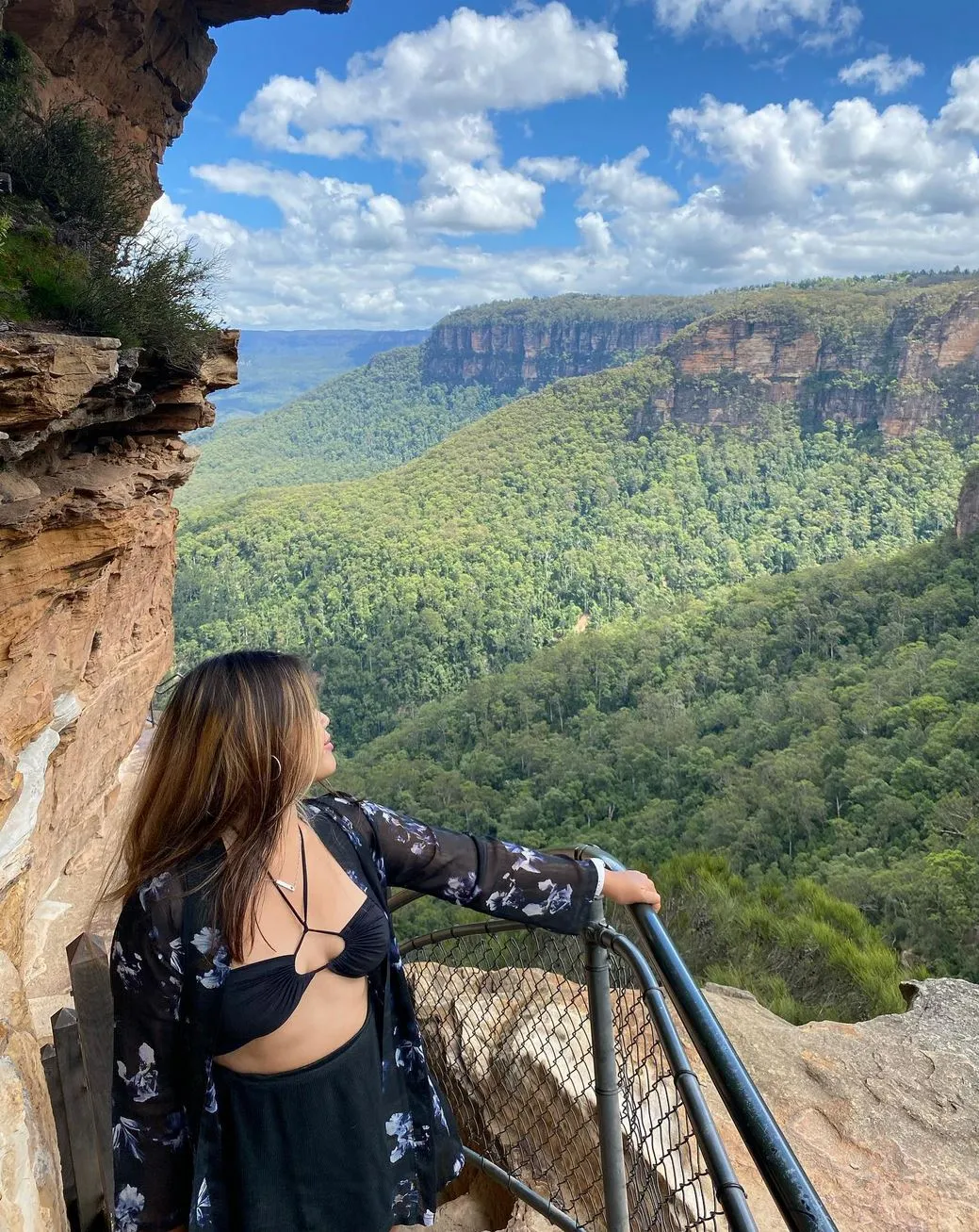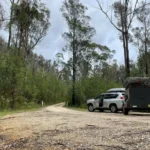West of Sydney, Australia, lies the Blue Mountains, a tourist hot spot famous for its mountain ranges, rock formations and the blue colour that sets it apart. North to south, this rugged landscape is home to ancient eucalyptus forests, waterfalls and unique cultural and historical landmarks. The combination of natural beauty, adventure and culture makes it a holiday like no other.
In this article we’ll get into the science behind the blue valley, the geology and history of the region and the top attractions. From adrenaline pumping tourist attractions to lookouts with 360 degree views, the Blue Mountains will be an experience like no other.
The Blue Tinge
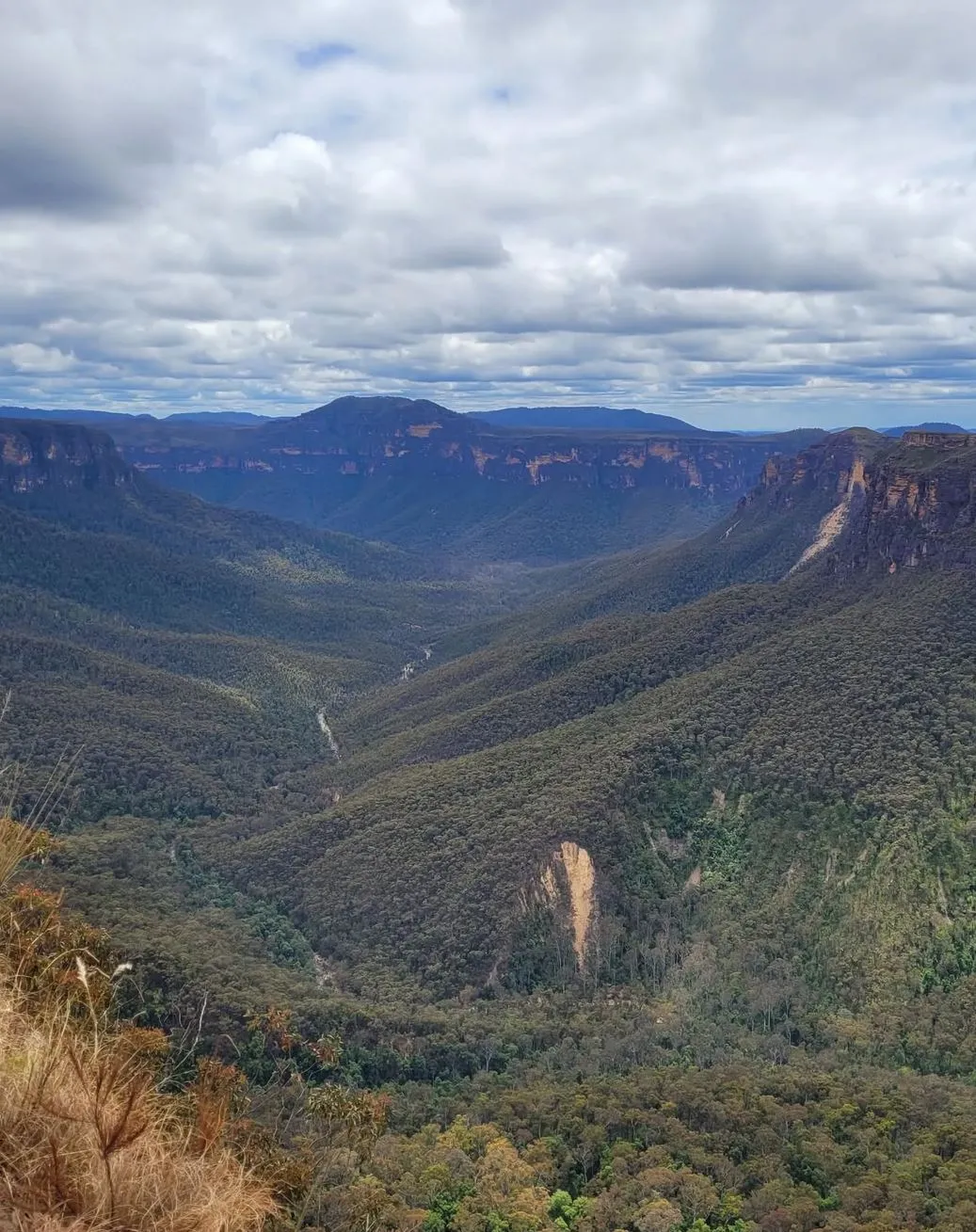
The blue of the Blue Mountains is not just poetic – it has a scientific explanation:
- Eucalyptus Oil Mist: The eucalyptus forests cover the landscape, and the gum trees release oil into the air. On warm days, this forms a fine, hazy oil mist.
- Light Interaction: The light scatters when it passes through this mist and the shorter blue wavelengths are emphasised. This is what creates the blue haze across the rainforest valley.
- Distance Amplification: The further away you are, the more blue the haze will appear. Visitors at one of the big lookouts like Echo Point can see this against the backdrop of the amazing views of the landscape.
Geological Origins
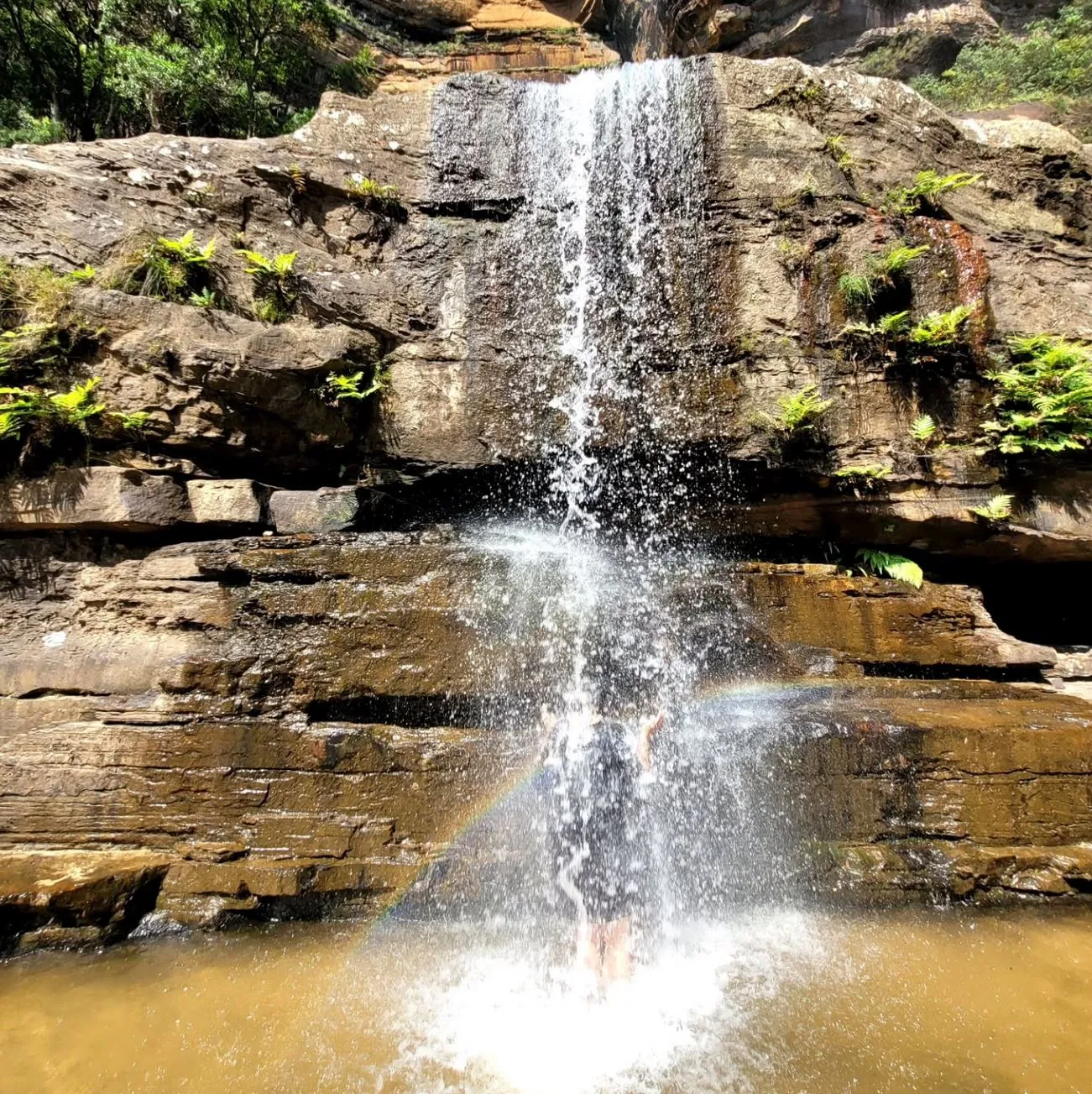
The Blue Mountains rock formations and jagged rocks were formed over millions of years through volcanic activity and erosion. The result is a natural jumble of:
- Giant Rocks and Rock Formations: These cliffs and shale rocks are the geology of the region and a canvas for nature’s art.
- Series of Limestone Caves: The Jenolan Caves, a network of underground wonders, is a window into the Earth’s crust’s ancient history.
- Waterfalls: The area has many segmented waterfalls like Wentworth Falls and Katoomba Falls that flow into tranquil pools.
Cultural and Historical Significance
Indigenous Heritage
The Blue Mountains have been home to the indigenous community for thousands of years. The Gundungurra and Darug people, the traditional owners of the region, have a deep spiritual connection to the land. Their legacy is evident in the well preserved rock carvings, sacred sites and Dreamtime stories that link the landscape to their culture for millions of years.
European Settlement
European settlers named the region in the early 1800s when they first saw the blue haze and the views. The area was soon a popular destination and an escape from the bright lights of Sydney. Land sales and the building of railway stations cemented the Blue Mountains as a holiday hot spot.
Top 5 Attractions
1. The Three Sisters
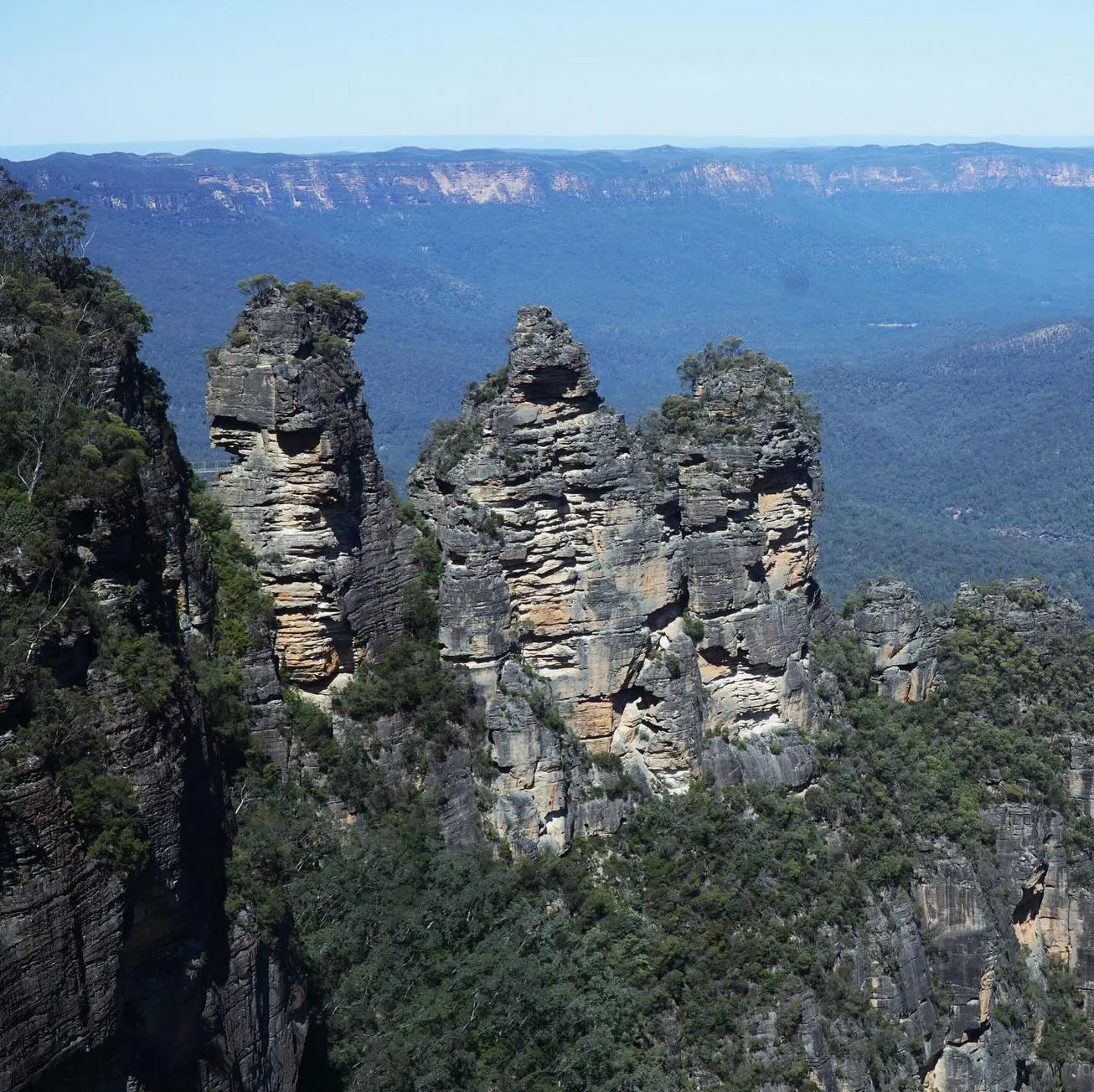
A mighty rock formation, the Three Sisters is the biggest drawcard in the region. Legend has it the sisters were turned to stone by a tribal elder to save them from harm, and now one of Australia’s most famous landmarks.
2. Scenic World
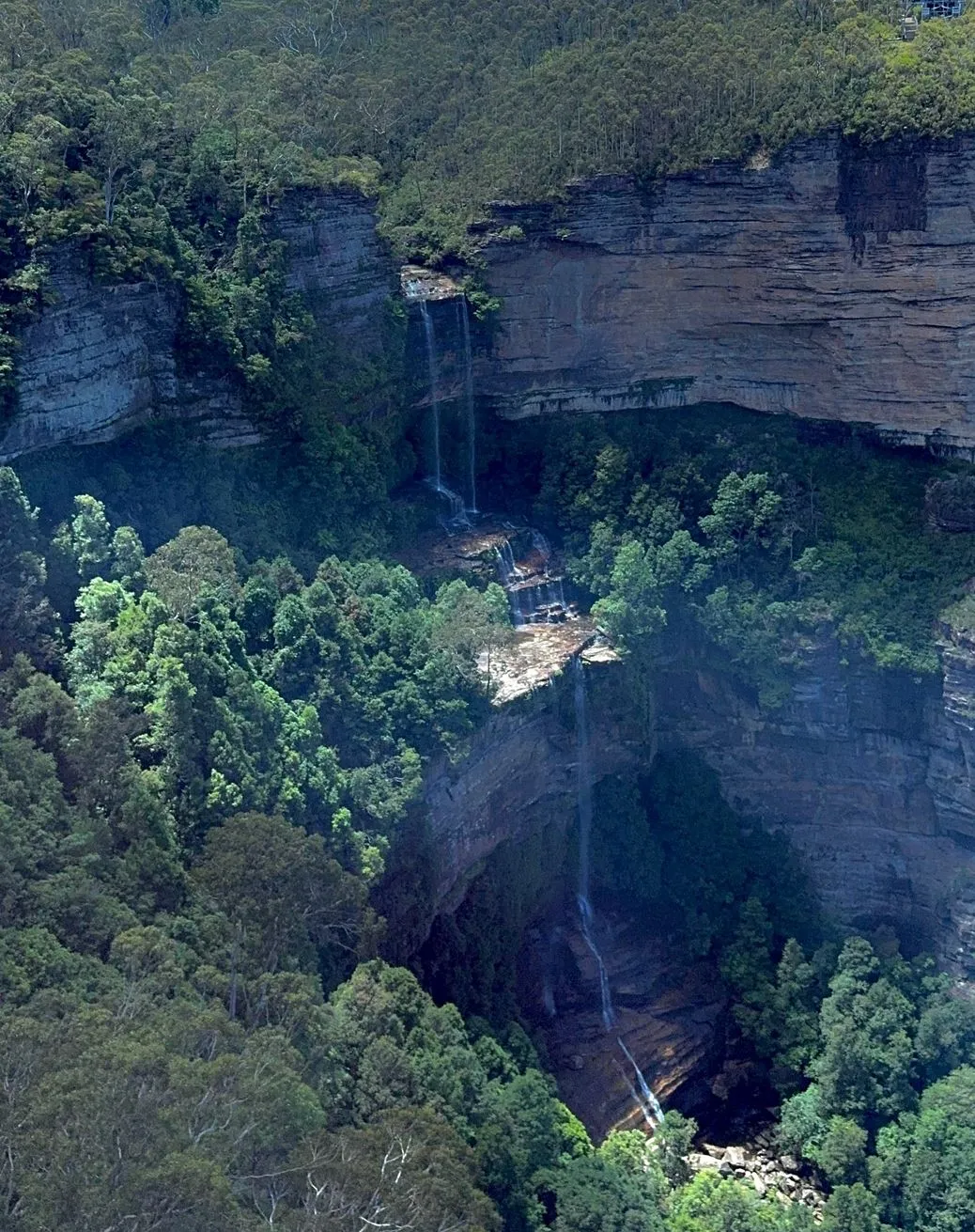
The steepest railway in the world, Scenic World, lets you ride through the rough terrain with views of the valley right in front of you. Plus a glass bottom Skyway and cable car rides to get your adrenaline pumping.
3. Jenolan Caves
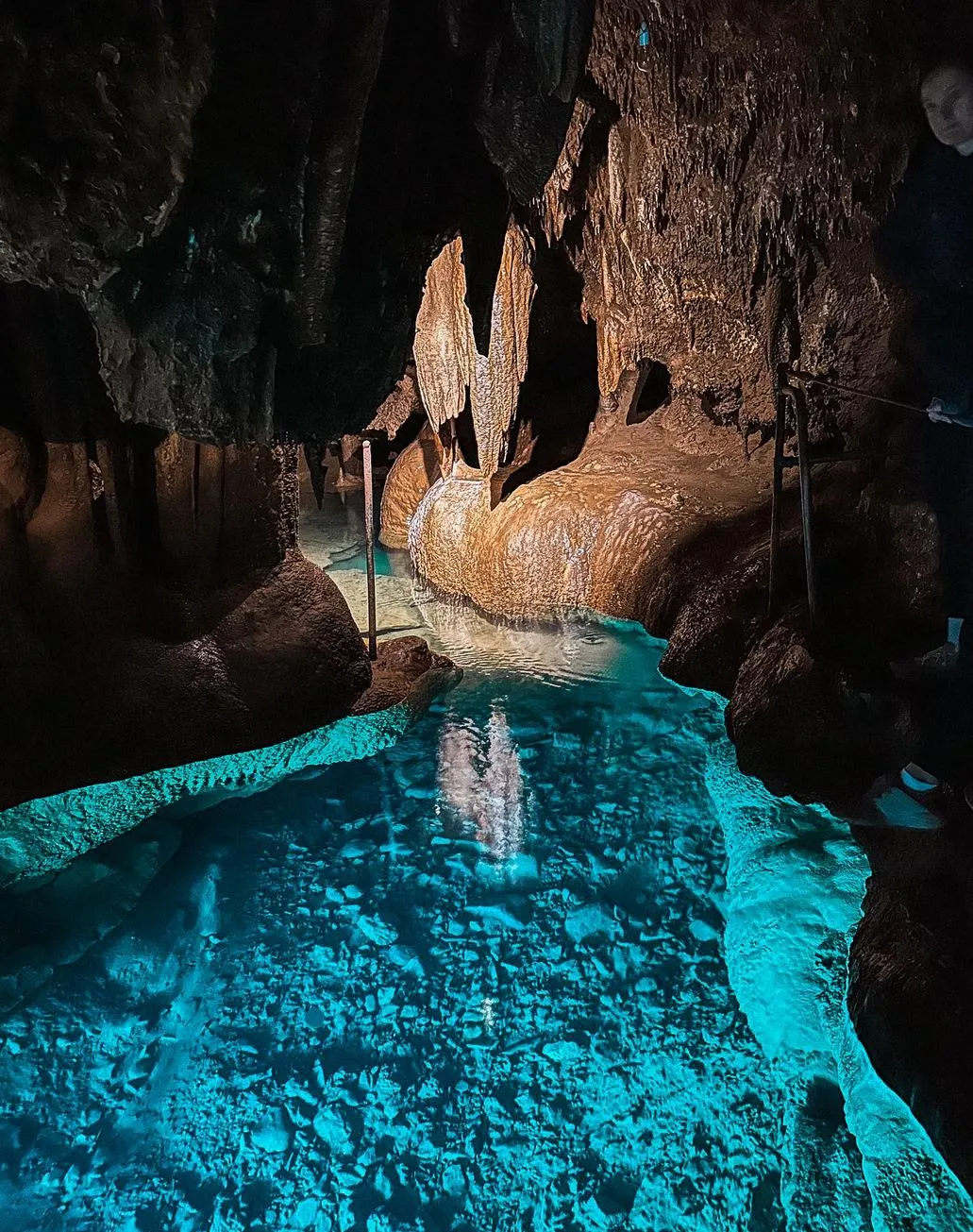
A series of limestone caves at Jenolan, a subterranean wonderland of stalactites, stalagmites and underground rivers. Perfect for explorers, these caves reveal the Earth’s secrets.
4. Beautiful Waterfalls
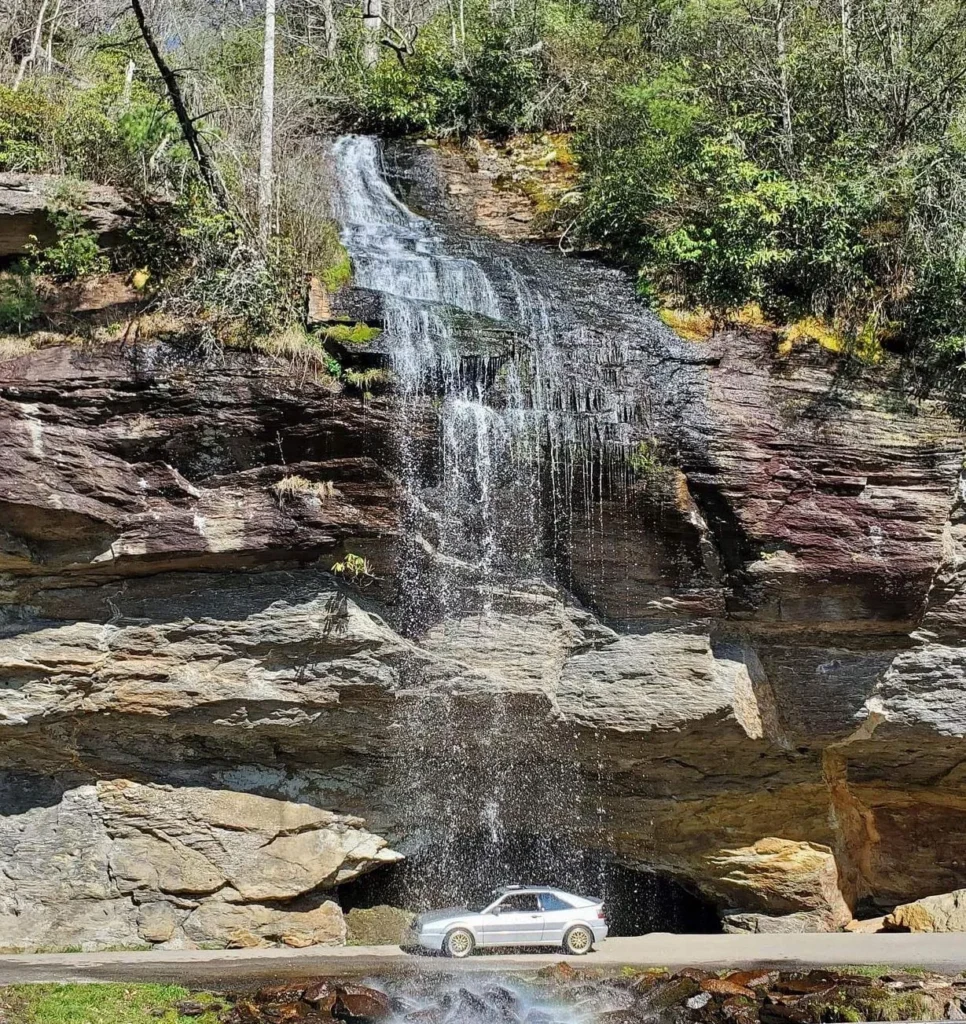
The Blue Mountains waterfalls, including Leura Cascades and Bridal Veil Falls, are stunning and a great way to get back to nature.
5. Historic Towns
The region’s country towns, Katoomba and Leura, are charming. These historic towns have cozy cafes, artisan shops and cultural hubs that celebrate the area’s history.
Adventures for Every Explorer
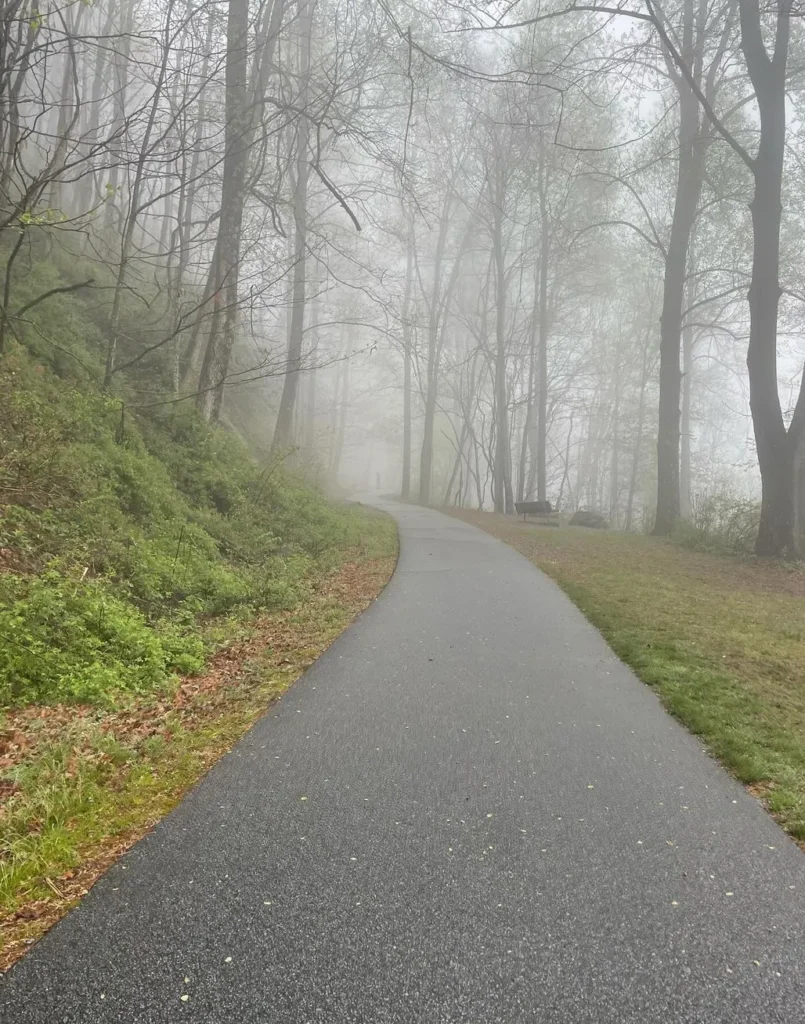
The Blue Mountains has something for all types of travellers:
- Hiking Trails: Hike to lookouts, hidden waterfalls and peaceful forest trails. Many trails start at Scenic World or Echo Point.
- Adventure Sports: The rough terrain is perfect for rock climbing, abseiling and canyoning, a tourist attraction for adventure seekers.
- Relaxation Spots: Enjoy easy access to the land with a picnic in the greenery or take in the views from one of the biggest tourist towns, Blackheath or Wentworth Falls.
Seasonal Events
The Blue Mountains is a year-round destination with something different every season:
- Winter: The region becomes a ski resort with cozy retreats and crisp mountain air.
- Spring and Autumn: Perfect for hiking with the greenery and wildflowers in bloom.
- Summer: Warm days bring out the blue haze, which is great for capturing the oil mist in photos.
Explore with Wildlife Tours
Book your adventure with Blue Mountains Tours, a trusted provider of guided tours in the Blue Mountains. Their knowledgeable guides will show you the best lookouts, trails and cultural landmarks while you take in the views and history of this amazing region. The Blue Mountains has natural beauty, cultural depth and adventure. Whether you’re gazing at the rock formations, walking through the rainforest valley or enjoying the charm of an Australian country town, this popular destination is like nowhere else.
FAQ
Why are the Blue Mountains blue?
Blue is from sunlight scattering through the oil mist created by the eucalyptus oil droplets in the air.
What are the best things to do in the Blue Mountains?
Three Sisters, Scenic World, Jenolan Caves and many waterfalls and walking trails.
Is the Blue Mountains region family-friendly?
Yes! Families can ride the steepest railway, interactive tours and easy walks to beautiful views and waterfalls.
When should I visit the Blue Mountains?
Anytime, but spring and autumn are best for hiking and seeing the natural beauty.
Are the Blue Mountains important to Aboriginal people?
Yes. The Blue Mountains have sacred sites, rock carvings and spiritual landmarks that are part of the indigenous culture.
